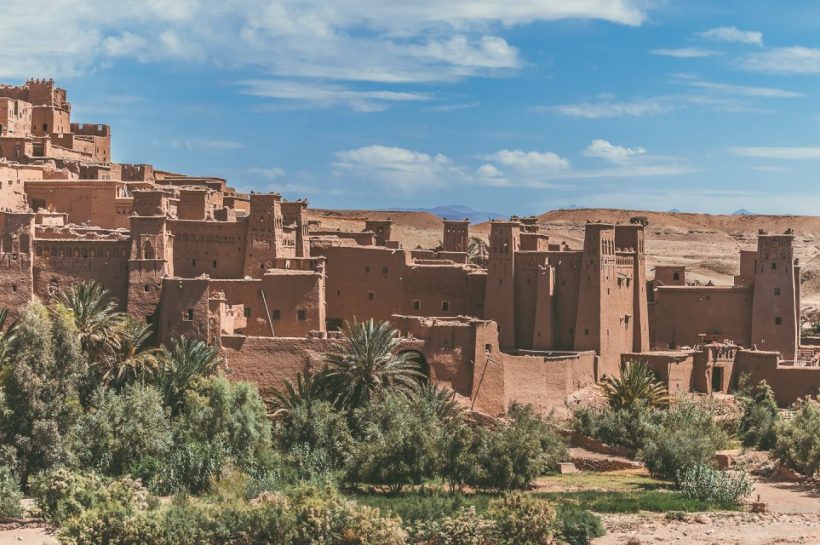
The vertiginous road (and not less dangerous) that connects Marrakech to Ouarzazate crosses the most beautiful landscapes of the High Atlas through the passage of Tizi n’Tichka, the “pasture pass”, then by the valley Ounila which holds secrets villages that merge into multicolored mountains, terraced orchards, troglodyte ksours and abandoned kasbahs. It is a concentration of incomparable beauty in southern Morocco.
Moving away from Marrakech, the vegetation, the reliefs and the colors change at each turn. Then the road rises above the plains winding the mountains of the High Atlas, a real natural barrier between the provinces of Marrakech to Ouarzazate. Small adobe villages cling to the mountainside. Approaching the pass of Tizi N’Tichka, the highest point of the trip at 2260 meters altitude, we dive into a thick mist before entering a cold world. The point of view is extraordinary. The road continues towards the Tizi N’Aït Imquer pass, from where you can admire an exceptional panorama of the Djbel Tistouit, which sits majestically in the middle of a cirque of snow-capped mountains.
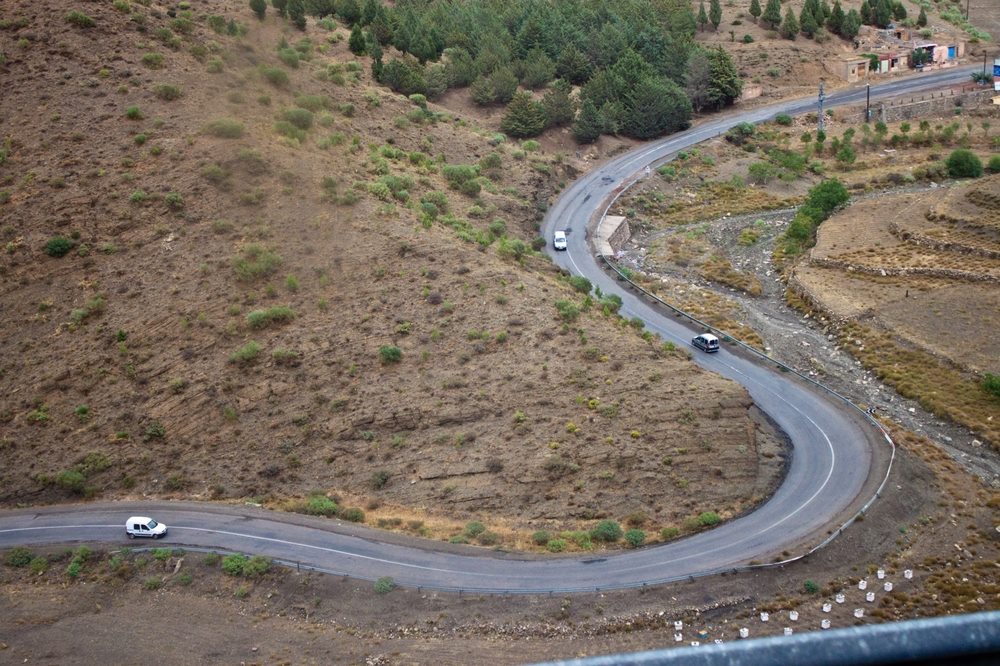
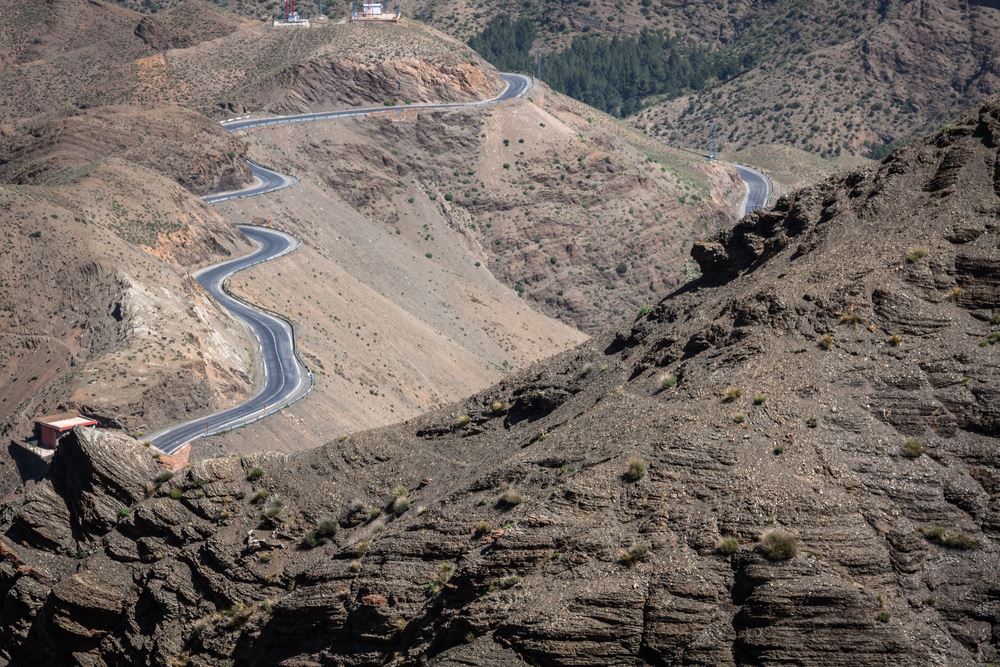
A few dozen kilometers after the passage Tizi N’Tichka pass, a fork to the left invites the most reckless travelers to take the road to Telouet. Although the journey takes longer to reach Ouarzazate, this path through the Ounila Valley promises a surprising journey dotted with ocher villages that merge into the mountains, terraced valleys and orchards, troglodyte ksour and kasbahs. abandonment. ” That’s wonderful ! »,» It is beautiful is not it »,» look how beautiful it is! That’s all we stop telling ourselves all along the way. For travel bloggers, it’s a fairly restricted vocabulary. At the turn of each turn, the change of scenery is so surprising that we remain almost without words.

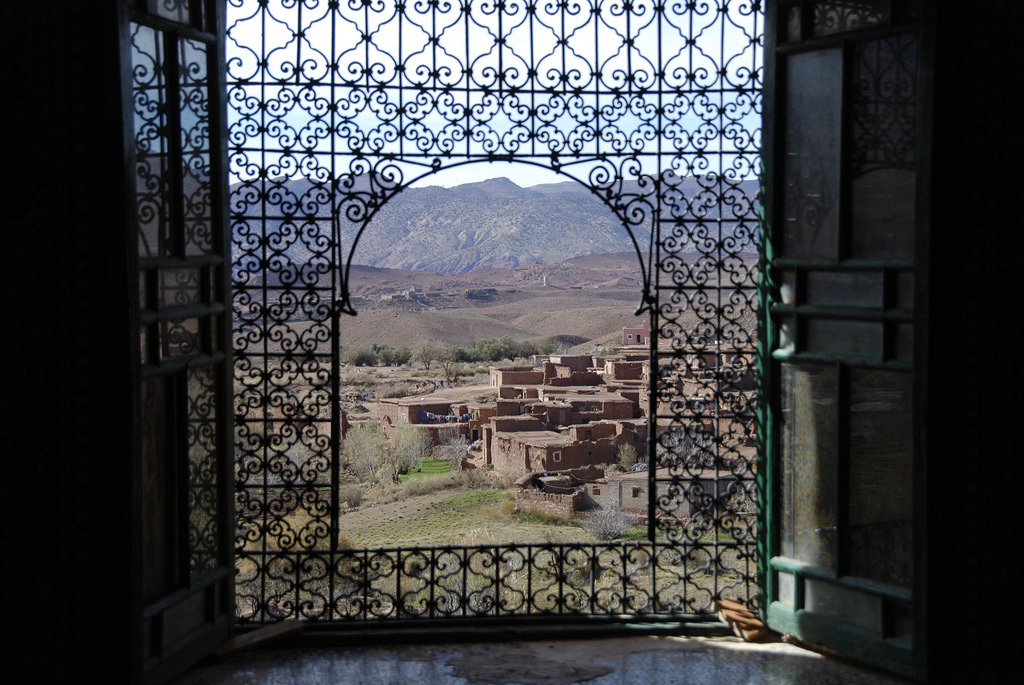
A stop at the Kasbah of Telouet, an old palace of the last Lord of the Atlas, a stronghold of the Glaoua tribe of the seventeenth century, is a must! Despite the fact that the Kasbah of Telouet seems at first sight to fall into ruin, the interior still bears witness to the reign of the Glaoui family, with stucco lounges, zellige walls, marble and faience ornaments, long corridors , and cedar ceilings surprisingly well preserved. We are dazzled by this architectural gem lost in the middle of nowhere. Berbers and Jews coexisted on these lands, the first living from agriculture and livestock, the latter from exploiting the rich salt resources and the distillation of Merrain, a brandy made from dates and figs.
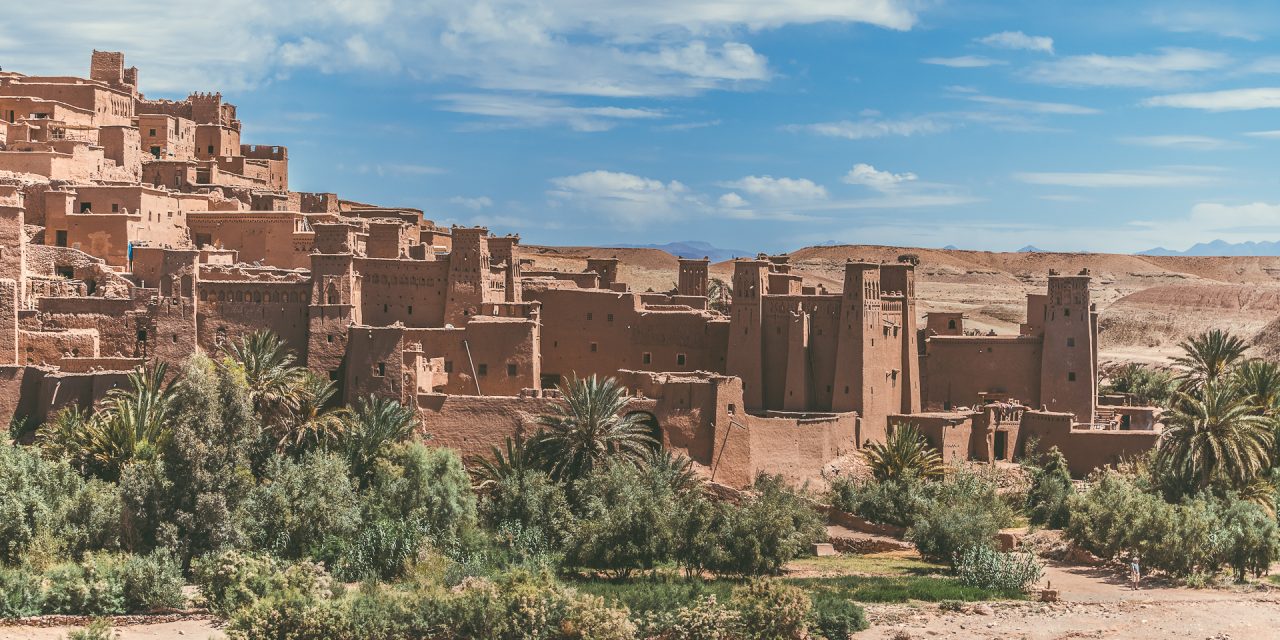 Back on the main road of the Ounila valley, we continue the path to the village of Tamdakht dominated by the ruins of an old Kasbah of the dynasty of the Glaoui dynasty in ruins. The kasbah of Tamdakht has a special history because it served as a prison for the family of General Oufkir, the main instigator of the failed coup against King Hassan II, on August 16, 1972. Today, the Kasbah is particularly affectionate photographers and filmmakers from around the world who come to take inspiration from its particular aesthetic.
Back on the main road of the Ounila valley, we continue the path to the village of Tamdakht dominated by the ruins of an old Kasbah of the dynasty of the Glaoui dynasty in ruins. The kasbah of Tamdakht has a special history because it served as a prison for the family of General Oufkir, the main instigator of the failed coup against King Hassan II, on August 16, 1972. Today, the Kasbah is particularly affectionate photographers and filmmakers from around the world who come to take inspiration from its particular aesthetic.
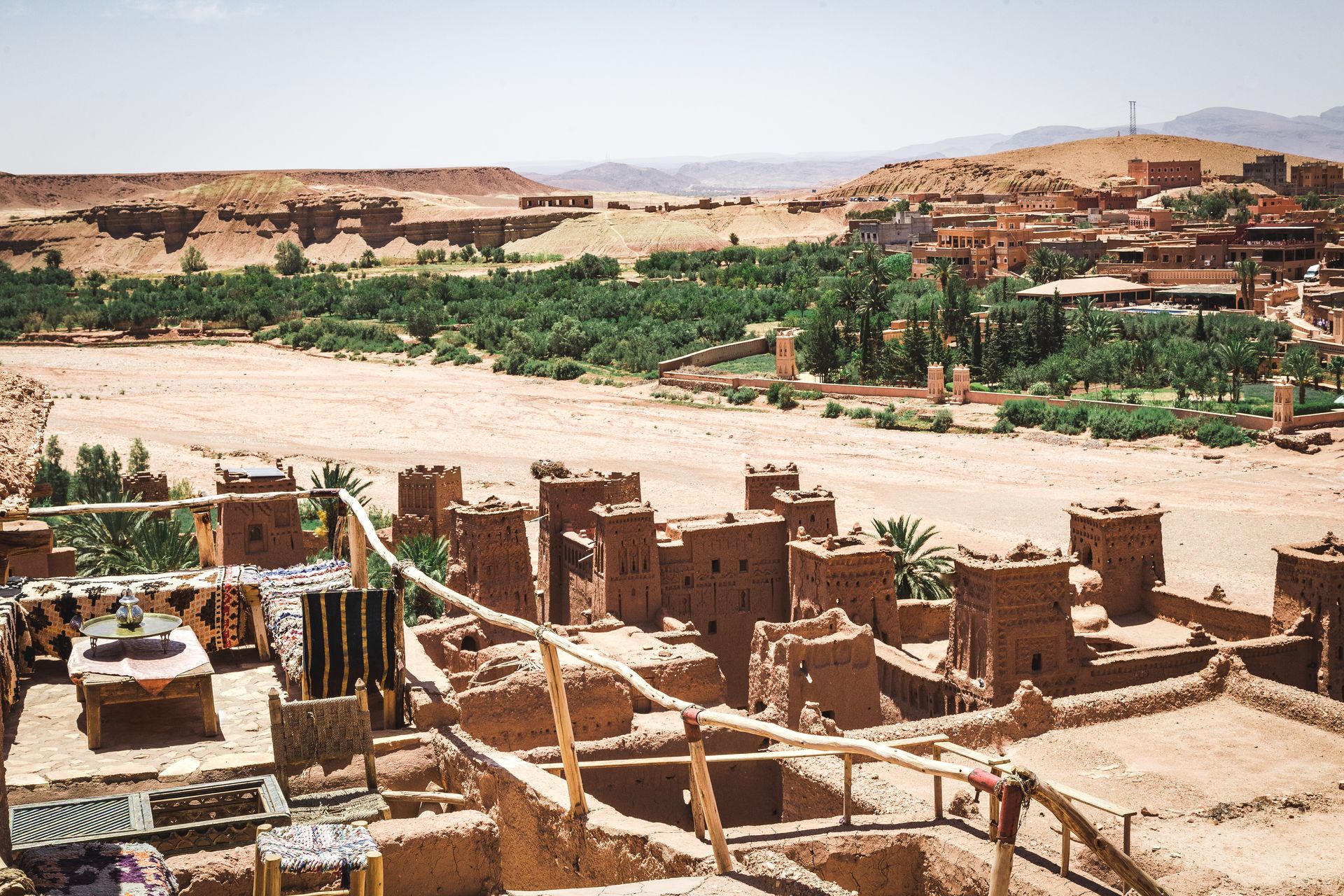 Ait Ben heddou is the archetype of the ksar of southern Morocco, and certainly the most magnificent and best preserved of the Moroccan kingdom. This ancient UNESCO world heritage fortress is adored by filmmakers around the world who use this enchanting scenery to ignite the imagination of moviegoers like you and me. Report on the Moroccan Hollywood star. ACTION!
Ait Ben heddou is the archetype of the ksar of southern Morocco, and certainly the most magnificent and best preserved of the Moroccan kingdom. This ancient UNESCO world heritage fortress is adored by filmmakers around the world who use this enchanting scenery to ignite the imagination of moviegoers like you and me. Report on the Moroccan Hollywood star. ACTION!
After these scenic views we get to Ouarzazate. Ouarzazate is the little Moroccan Hollywood star, or as love some to call it the door to Sahara is a city with vibrant cultures and artistic traditions. The city drives the meaning of its name from a Berber old-saying which means a city without noise. Ouarzazate is a quiet city with numerous hotels and gardens. The calm city was always the favourite stop for the tourists on their way to the Sahara Desert because there is a lot to see and discover that meets the eye when you enter the city.
If you’d like to add this destination to your own custom tour contact your Travel Agency Morocco– together we’ll make it happen!